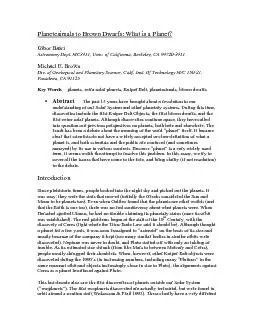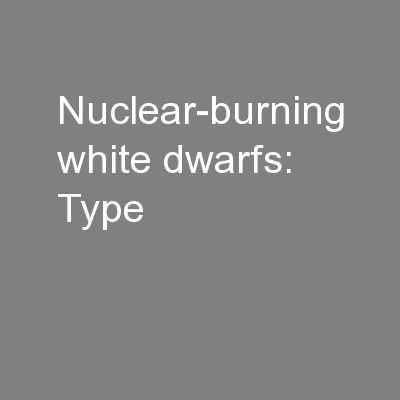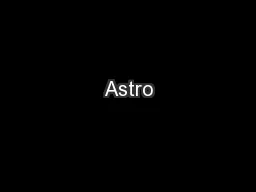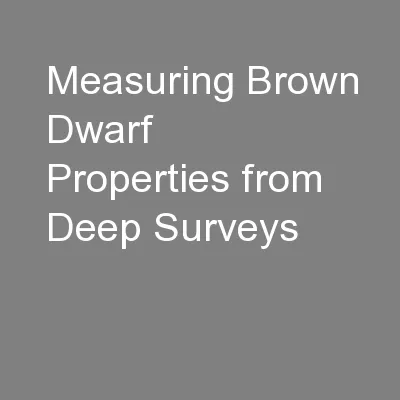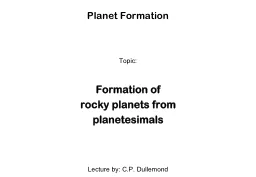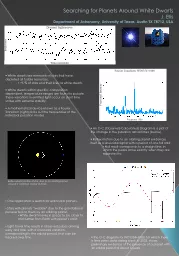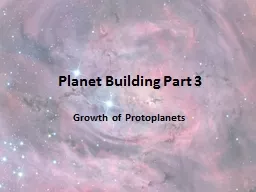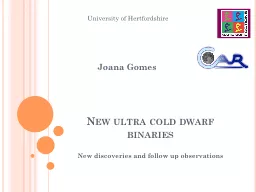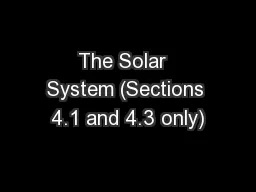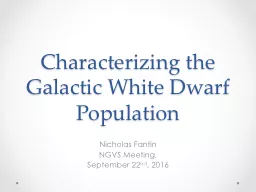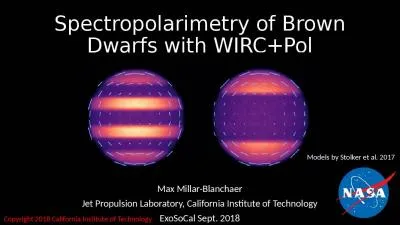PDF-Planetesimals to Brown Dwarfs: What is a Planet?
Author : alexa-scheidler | Published Date : 2015-09-25
Gibor Basri California Berkeley CA 947203411 Michael E Brown Div of Geological and Planetary Science planets extrasolar planets Kuiper Belt planetesimals brown dwarfs
Presentation Embed Code
Download Presentation
Download Presentation The PPT/PDF document "Planetesimals to Brown Dwarfs: What is a..." is the property of its rightful owner. Permission is granted to download and print the materials on this website for personal, non-commercial use only, and to display it on your personal computer provided you do not modify the materials and that you retain all copyright notices contained in the materials. By downloading content from our website, you accept the terms of this agreement.
Planetesimals to Brown Dwarfs: What is a Planet?: Transcript
Download Rules Of Document
"Planetesimals to Brown Dwarfs: What is a Planet?"The content belongs to its owner. You may download and print it for personal use, without modification, and keep all copyright notices. By downloading, you agree to these terms.
Related Documents

